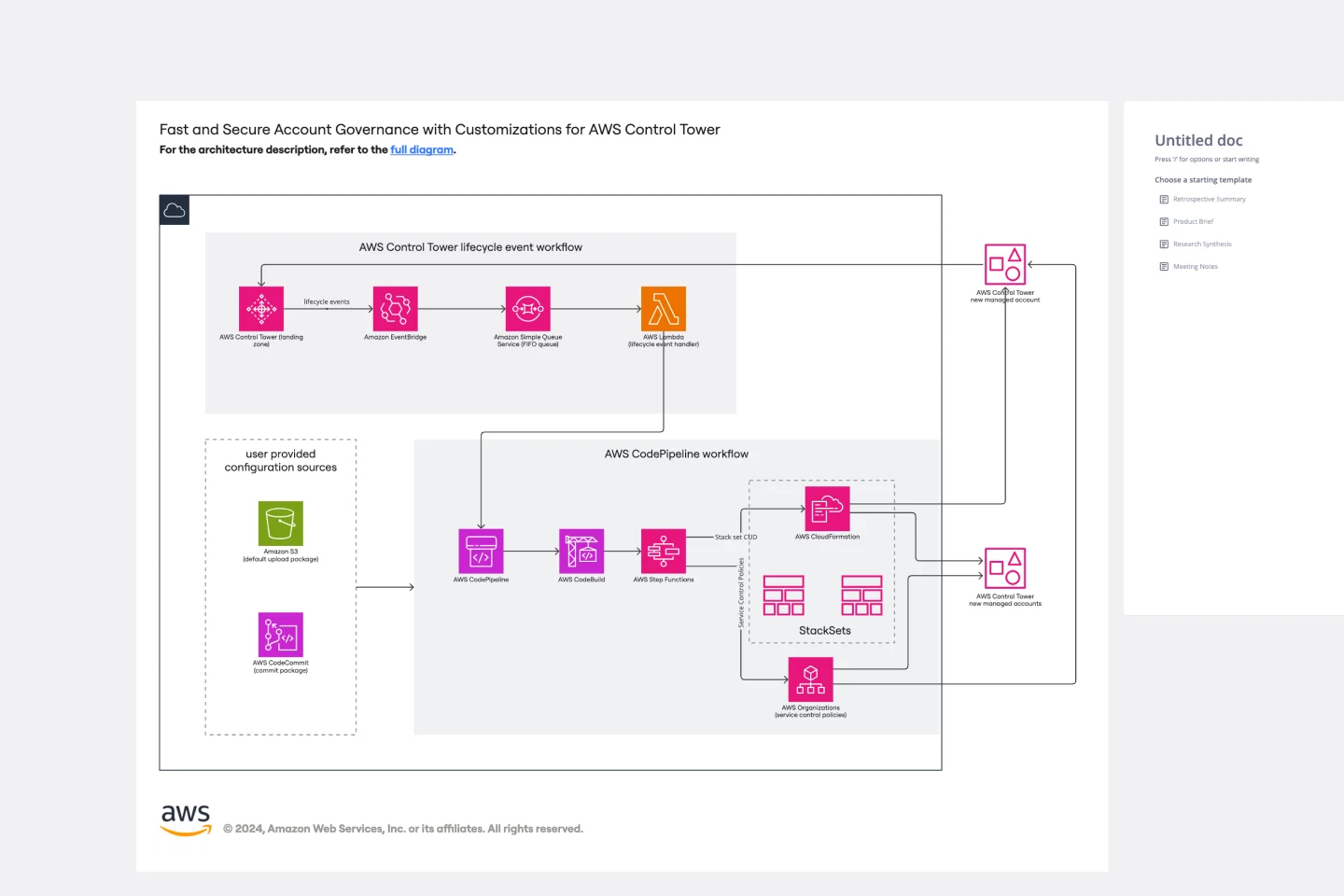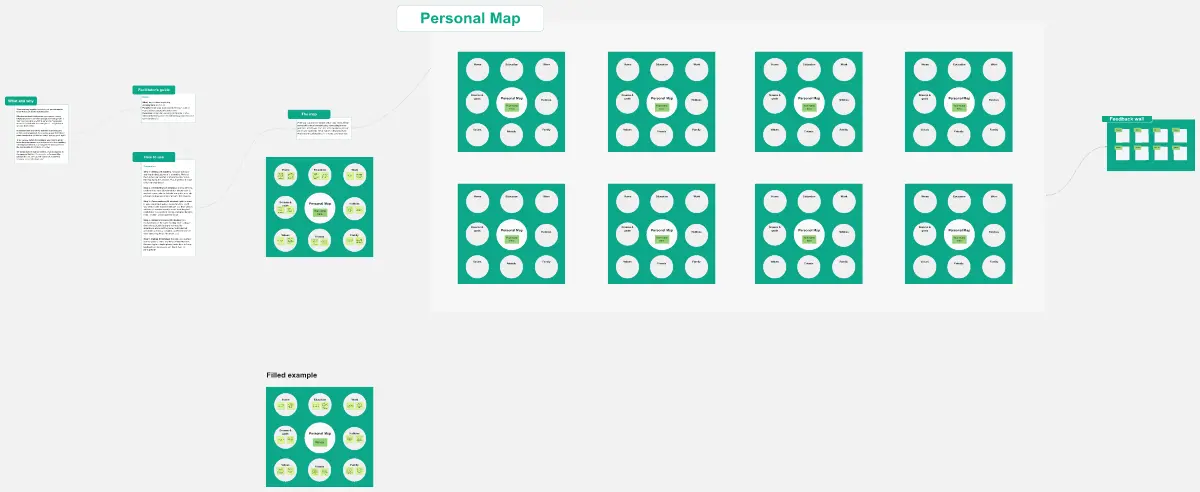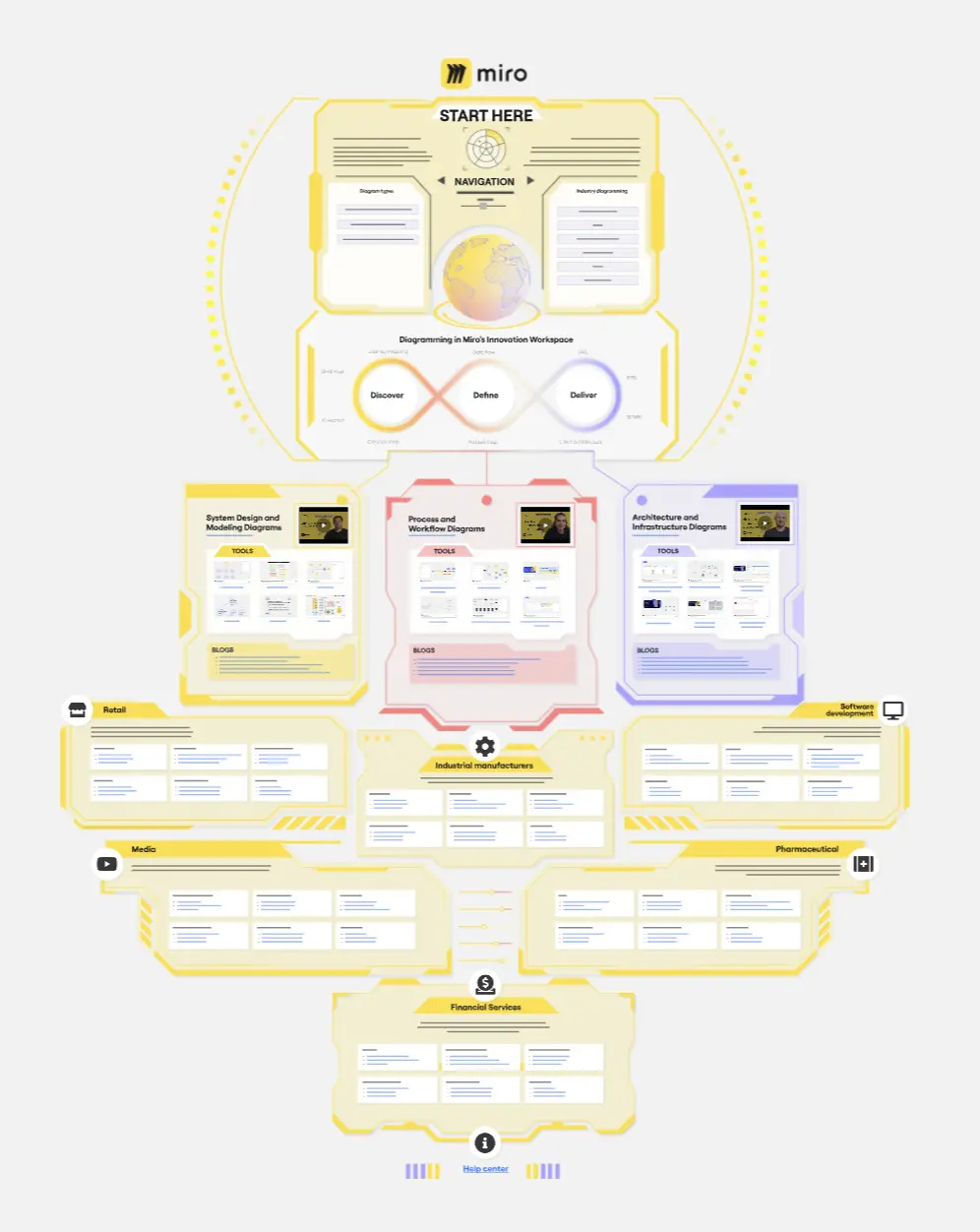User Roles: These are usually depicted as ovals or rectangles. Each role represents a set of responsibilities, permissions, or actions that a user can perform within the system. Examples of user roles could be Administrator, Editor, Viewer, Guest, etc.
Interactions/Relationships: Lines or arrows are used to show how these roles interact with the system or with each other. For instance, an arrow from "Editor" to "Content" might indicate that editors have the ability to modify content.
Actions/Permissions: Descriptions or labels on the lines/arrows often denote specific actions that each role can perform, such as "Create," "Edit," "Delete," "View," etc.
System Components: Sometimes, the diagram includes system components (like databases, modules, or services) that the user roles interact with. These are usually depicted as boxes or other shapes.






